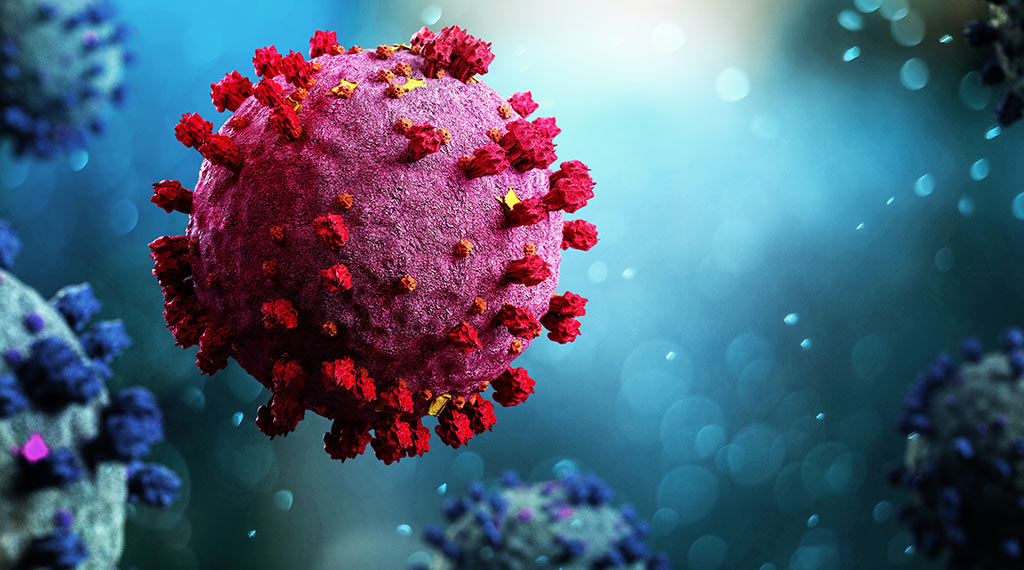
Just in case you thought Covid wasn’t bad or dangerous enough, Boston University is working to increase its lethality. In its latest defense of gain of function research, the university claims it is not that dangerous.
Oh, really? The work is summarized in the research paper:
The recently identified, globally predominant SARS-CoV-2 Omicron variant (BA.1) is highly transmissible, even in fully vaccinated individuals, and causes attenuated disease compared with other major viral variants recognized to date. The Omicron spike (S) protein, with an unusually large number of mutations, is considered the major driver of these phenotypes. We generated chimeric recombinant SARS-CoV-2 encoding the S gene of Omicron in the backbone of an ancestral SARS-CoV-2 isolate and compared this virus with the naturally circulating Omicron variant. The Omicron S-bearing virus robustly escapes vaccine-induced humoral immunity, mainly due to mutations in the receptor binding motif (RBM), yet unlike naturally occurring Omicron, efficiently replicates in cell lines and primary-like distal lung cells. In K18-hACE2 mice, while Omicron causes mild, non-fatal infection, the Omicron S-carrying virus inflicts severe disease with a mortality rate of 80%. This indicates that while the vaccine escape of Omicron is defined by mutations in S, major determinants of viral pathogenicity reside outside of S.
In plain language, they took the Omicron variant of Covid-19, which is highly transmissible and can infect even fully vaccinated individuals and modified one of the genes in the virus so that it became much more dangerous. The subjects of the experiment were mice. Mice infected with regular Omicron had nonfatal infections.
The paper worked with the Spike protein of Omicron and the key finding was that pathogenicity (the ability to kill) occurs outside of the S or Spike protein. The new variant infected targets that had been vaccinated against Omicron and it caused serious disease mortality at a rate of 80%.
Unlike other scientific research papers that depend on outside funding, the published Boston University paper never mentions how the work was financed. And the National Institute of Allergy and Infectious Diseases (NIAID), which in fact funded the work, says it did not know that the research was aimed at modifying the coronavirus.
If you were hoping the scientific community had learned something about lab security from the coronavirus outbreak in 2019, it appears not. The paper, entitled “Role of spike in the pathogenic and antigenic behavior of SARS-CoV-2 BA.1 2 Omicron,” included participation from 23 senior scientists and, no doubt, countless lab assistants.
Some of the scientists are concentrated in the Boston areas (including at Harvard University), one is at the University Hospital in Erlangen, Germany, one at a branch of the Cleveland Clinic in Florida, one from the University of Wisconsin and one from a medical center in Mainz, Germany.
NIAID plus the US Agency for International Development (USAID) and two agencies in the Department of Defense are the same organizations that funded coronavirus research in China, primarily at the Wuhan Institute of Virology, an institute organized under China’s Academy of Sciences.
The Wuhan Institute previously collaborated with the Galveston National Laboratory in the United States, the Centre International de Recherche en Infectiologie in France, and the National Microbiology Laboratory in Canada.
In 2021, two Chinese scientists at the Microbiology Laboratory in Canada were fired. At least one of these scientists had visited the US Army Medical Research Institute of Infectious Diseases (USAMRIID), the government’s most sensitive biological laboratory which includes highly classified research work.
All these institutes, including Wuhan’s, carry out classified research on bioweapons. USAMRIID and Wuhan are known as Level 4 (BSL-4 or Biosafety Level 4) labs, the most secure for carrying out dangerous research, especially gain of function. The National Emerging Infectious Diseases Laboratories at Boston University is also a Level 4 (BSL-4) laboratory complex.
How dangerous is this work? In the case of China, the US government was so concerned about the Wuhan Institute of Virology that it sent representatives there on two occasions in 2018 and interviewed the chief “bat” scientist, She Zhengli.
In 2019, the US Centers for Disease Control (CDC) inspected and failed the USAMRIID laboratory in Fort Detrick, Maryland. The lab there was closed for months so that a cleanup could take place and identified risks remediated.
- Secure enclaves: bad CHIPS Act idea wasting billions - August 12, 2024
- Europe makes missiles for Patriots as Israel retires them - May 9, 2024
- Israel’s attack on Iran: What we know so far - April 23, 2024
